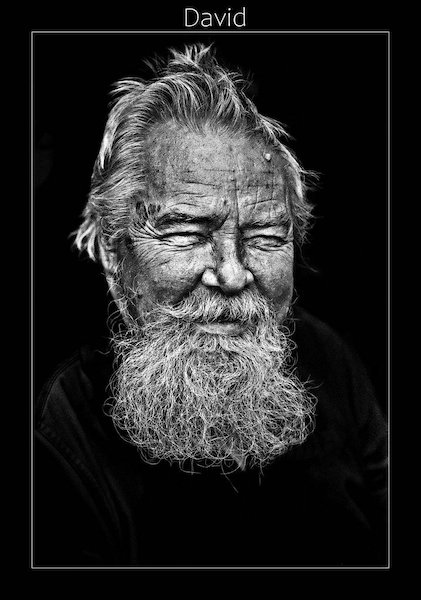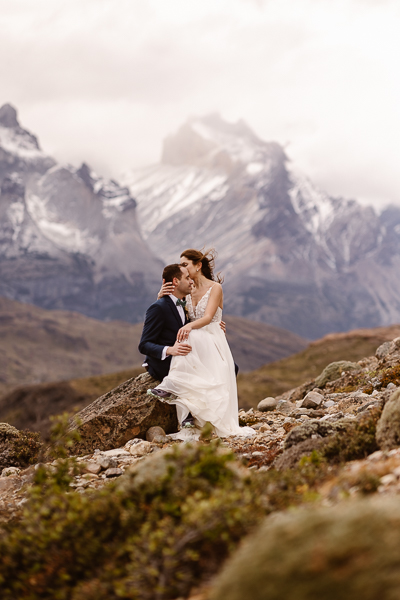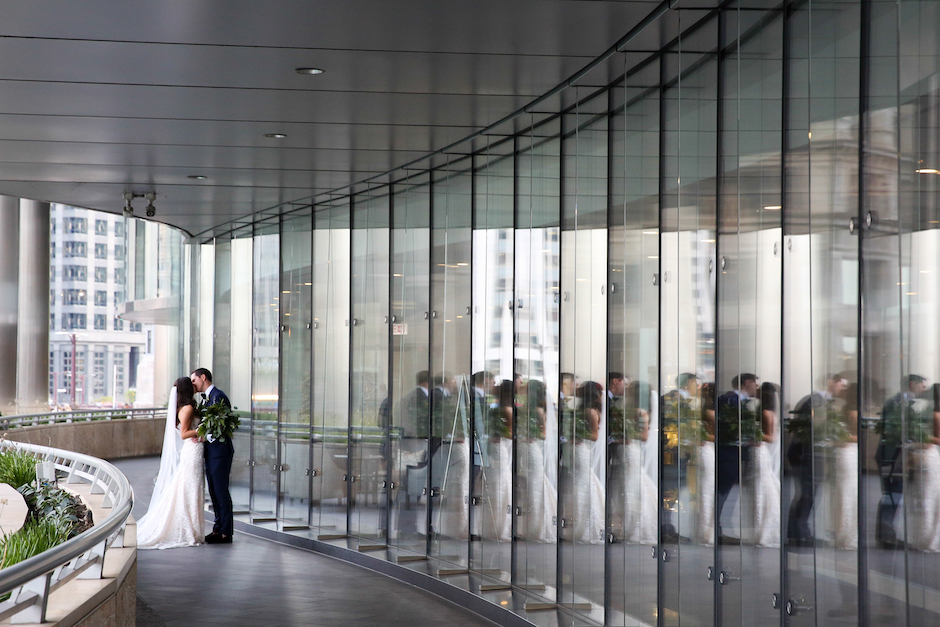Profiles
1. What’s the most crucial step you took to making your wedding photography luxurious?
There are several, the main ones being to have a desirable brand that represents an ethos of delivering images that are of a consistent high quality, with a work ethic and level of professionalism to match. This also means that we can set a price point that’s high enough to match this and limit availability. This, in turn, limits supply and increases demand.
2. If you weren’t a photographer, what would you be doing?
I’m actually a qualified architect, and I shifted away from that industry to take up photography, which was a childhood hobby, as a profession. My architectural training, sensibilities and eye have definitely influenced my work.
3. What’s the most rebellious thing you did as a kid?
Taking my dad’s Canon AE-1 film from his wardrobe and taking it apart. Don’t worry, I managed to reassemble it before taking one of the lenses apart! This is the camera I used to learn photography.
4. Other than the multiple days of festivities and ceremonies, what aspect of shooting an Indian wedding is different from nuptials in other cultures?
Indian weddings include various religions so this in itself provides variety, but even within, say, a Hindu wedding, there are variations. There is lots to look out for, which keeps us on our toes. Let’s not forget all of the color, energy and raw, open emotion that is abundant. All of this means added pressure to capture the nuances and traditions that are virtually nonstop, so being technical as a photographer will be a lifesaver in many situations, but being creative is necessary in all situations. And when it comes to creating portraits, the ability to create high-impact images shouldn’t be taken for granted.
5. How do you ensure you have enough time with couples to shoot not only candid moments but also the more directed photos?
The candid photos take care of themselves with regards to time, but the posed photos are always a challenge because, for whatever reason, the time earmarked for this session is always compressed on the day. To combat this, we spend time educating the couple on the importance of creating a balance of candid to posed images and how much time is required for this at the initial consultation, the wedding planning meetings and the engagement sessions. This ensures the couple knows that these images should not be rushed.
6. What pose do you wish photographers would stop doing with clients?
Frequently, I see portraits of couples looking in opposite directions and often they’re even standing apart from each other. This sends out the wrong message because it shows no connection between a couple that should look madly in love, so if anything, I wish wedding photographers would avoid this.
7. When did you decide it was time to start entering photo competitions, and what advice would you give your more rookie self in doing so?
I started entering about four or five years ago, and I did so because I realized that one of the key ways to improve my work is to look at it with a more critical eye—in fact, with a judge’s eye. Not just after the event, but while I’m creating the image to begin with. Start entering sooner and failure in the competition is temporary. It won’t leave a scar; it will remind you to do much better.
8. What’s your favorite part about attending WPPI?
There are so many things! I love the social element because I get to meet my international friends who I may not get to see for the rest of the year, and I love the new friendships formed at WPPI each year as well as the networking potential. One of the main things about WPPI is how inclusive and open it is—everyone is there to share, learn and help, and there is nothing more noble. The trade show is always fabulous because of the amazing products and services available that force you to think differently. But my absolute most favorite part is judging Print Comp. It is the most rewarding, energizing and inspiring experience for me personally. I feel honored to be able to help people improve just as judges have helped me in the past, but also to see deserving images be celebrated as they should.
9. Do you ever encounter self-doubt or insecurity as a creative?
Of course! We’re only human, after all! On top of that, we’re creatives, so “writer’s block” does kick in from time to time too. I usually deal with this by firstly slowing down and widening my gaze. If my thoughts are muddled, then I start with a very simple setup and build it up from there. While I’m doing this, I remind myself why the couple invested their trust in me to capture their big day as well as thinking back to the successes I’ve had and where they came from: within.
10. Outside of your business and photography, how do you evolve yourself?
I spend time with successful people so that I can get into their heads. I try to understand what inspires and motivates them. I also spend time traveling and reading to help keep my mind and vision open. I still follow the architectural world as part of this journey, too. Like I said, widen your gaze!
8 Basic Steps to Solidifying Your Creative Process
1. Use lighting, posing and post-production techniques to create your identity—in other words, a look that people will recognize as your style. Don’t use someone else’s style as your own. You don’t want to be recognized as a facsimile.
2. Don’t be afraid to experiment with lighting to understand how the size, position and distance of a light source affects the look and feel.
3. Make the “exposure triangle” your mantra. Understand how this three-way balance between ISO, shutter speed and aperture determines the look, feel and exposure of your image and how it applies to every and all photographs you’ve ever seen. Knowing this is the key to decipher the mystique behind the images that make you say “WOW!” and will get you through any situation you find yourself in.
4. Invest in a mentor. Dedicate time to regularly learn from others throughout your career, and if possible, from a specific mentor for consistent training.
5. Practice, practice, practice! Knowing theory isn’t enough. You have to put that knowledge into action if you want to develop as a photographer.
6. Print your own work in-house. This process alone will force you to scrutinize your processes when you’re creating images in-camera because you will learn to be critical about composition, lighting, posing and overall concept. All of this will translate to you making leaps and bounds in your professional development.
7. Enter WPPI’s The Annual 16 x 20 print competition. This is such a powerful process for any photographer at any level. You will hear insightful critique from seasoned, award-winning leaders in the industry on your images that will help you raise your own bar, as well as gain recognition if you are awarded.
8. Use what I teach in my class to understand behind-the-scenes images, diagrams, videos and stories from people you admire. Try and use this insight to break down the setup to understand how all of the components add up to make the finished image. You can even use this to understand how the images you see on TV, fashion magazines and scenes from movies are made.
Sanjay Jogia and his wife, Roshni, make up Eye Jogia Photography, a London-based luxury destination wedding photography business of ten years and counting. He is also an experienced educator and an ambassador for both X-Rite and Fundy Software. Jogia has earned nine WPPI accolades in his two years of entering the Annual competition, earning him an Associate of WPPI title.
See Sanjay at WPPI 2019
Photo Walk: “How I Make Those Images — Let’s Go and Make Some More!”
Wednesday, February 27
8:30 a.m. – 10 a.m.
Master Class: “How I Made That Image — UNCUT”
Wednesday, February 27
3:30 p.m. – 5:30 p.m.
Related: Learning to Embrace Her Heritage, One Wedding Photographer Calibrates Her Brand To Diverse Couples
Reimagining the Aesthetics and Logistics of Formal Family Wedding Portraits
10 Questions for Arlene Evans, WPPI’s New Conference Producer and Thoughtful Community Builder






